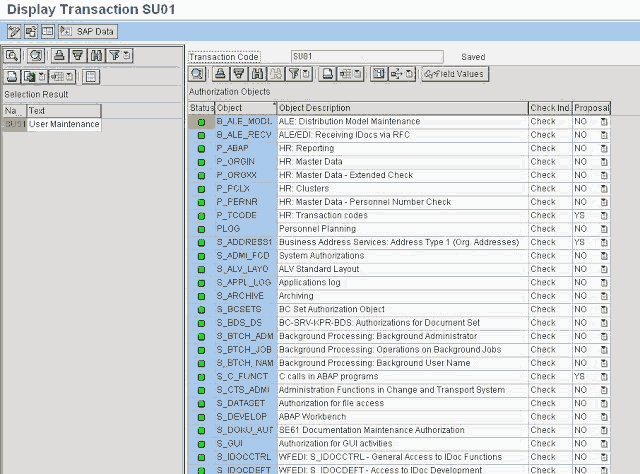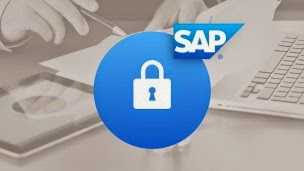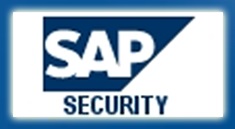Gestión de autorizaciones a través de la estructura organizativa en SAP HR
Con esta autorización se limita la rama de la estructura organizativa a la cual pueden acceder los usuarios.
Es una autorización standard de SAP que por defecto asigna a todos los usuarios la rama principal de la estructura organizativa activa.
Para refinar estas autorizaciones, hay que seguir dos pasos:
1.- Definir perfiles estructurales (ramas de la estructura organizativa y tipos de objetos)
2.- Asignar perfiles estructurales a los usuarios.
Estas actividades se pueden ejecutar en la SPRO en la rama “Gestión de personal – Gestión de personal – Herramientas – Gestión de autorizaciones – Autorizaciones estructurales de la gestión de organización” . El funcionamiento en detalle se explica en el manual de SAP HR940 – Authorizations in HR – Unidad 7.
Definir perfiles estructurales
Esta actividad se corresponde a la transacción OOSP.
Se entiende como perfil un grupo de ramas de la estructura organizativa que se podrán asignar después a los usuarios.
Por defecto, existe un perfil “ALL” que se refiere a la rama principal de la estructura organizativa y es el que se asigna por defecto a los usuarios. Es decir, por defecto, los usuarios tienen acceso a la rama principal de la estructura organizativa.
Si queremos filtrar las ramas a las que pueden acceder los usuarios, tenemos que crear perfiles propios definiendo las ramas a las que pueden acceder.
Asignar autorizaciones estructurales
Esta actividad se corresponde a la transacción OOSB.
En esta actividad se asignan los usuarios a los perfiles que se hayan creado.
Hay una entrada standard SAP* a la cual se le aplica el perfil ALL. Esta entrada es la que hace que si un usuario no tiene un perfil concreto asociado, se le aplica este y tiene visibilidad completa de la estructura organizativa.
En esta tabla hay que indicar:
- Usuario
- Perfil asociado
- Fecha de inicio para aplicar el perfil
- Fecha de fin para aplicar el perfil
- Exclusión ( para hacer autorizaciones inversas )
También se dispone de un botón de “Visualizar objetos” con el que podemos validar el nivel de visibilidad de un usuario con un perfil asociado.



 A través de Segu.info me entero que Andreas Wiegenstein a través de
A través de Segu.info me entero que Andreas Wiegenstein a través de 







